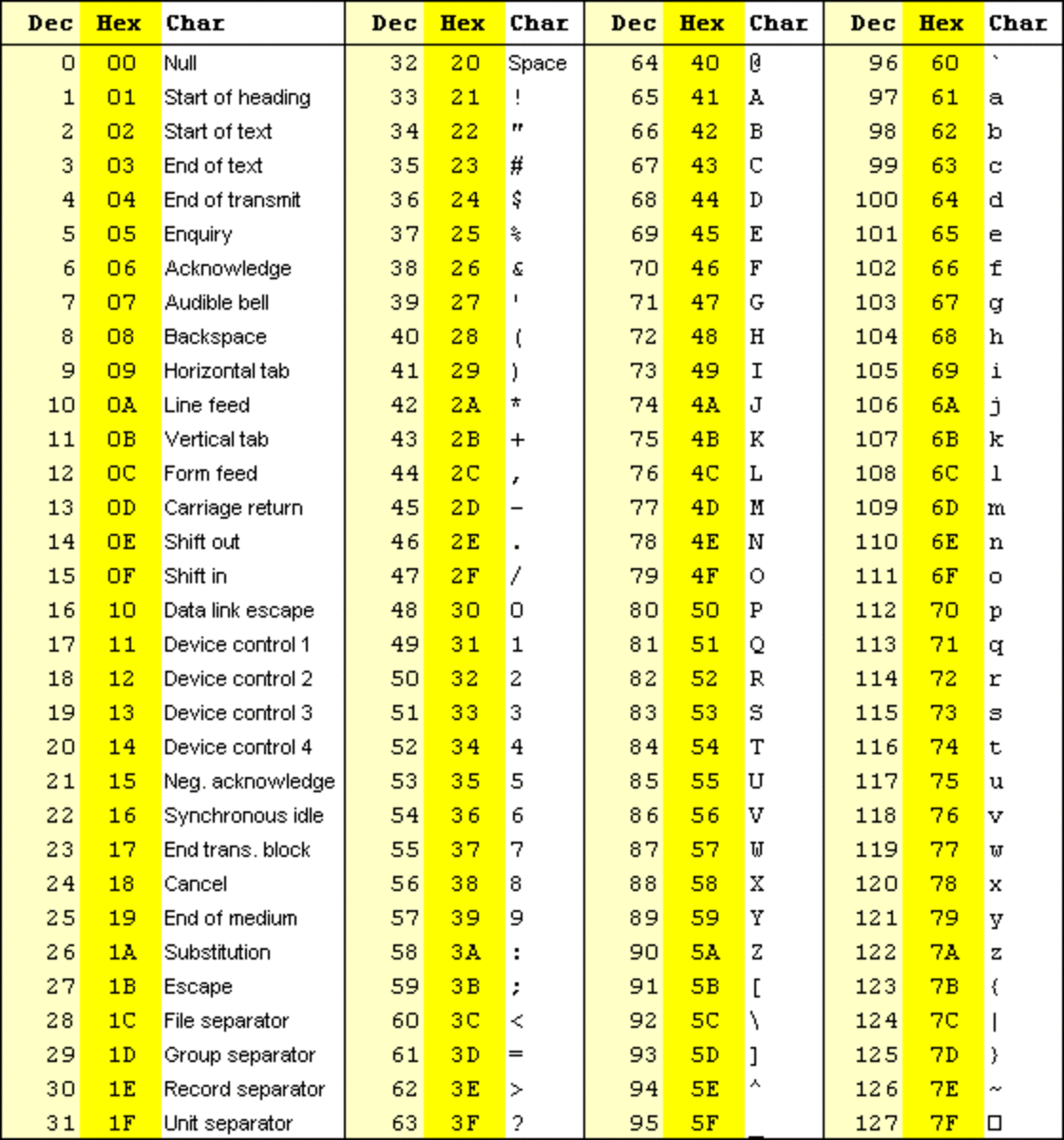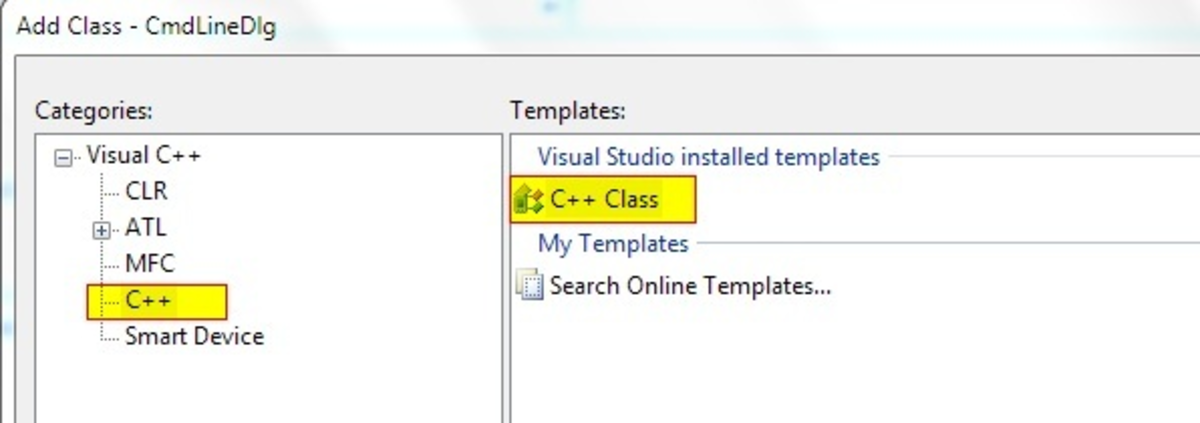- HubPages»
- Technology»
- Computers & Software»
- Computer Science & Programming
Scripting Languages for the Web

Client side scripting languages
ECMAScript is widely used on the web, especially in the form of its three best-known dialects, JavaScript, ActionScript, and JScript.
JavaScript was originally developed by Brendan Eich of Netscape under the name Mocha, later LiveScript, and finally renamed to JavaScript.
ActionScript is used primarily for the development of websites and software using the Adobe Flash Player platform (in the form of SWF files embedded into Web pages). Originally developed by Macromedia, the language is now owned by Adobe (which acquired Macromedia in 2005).
Due to the widespread success of JavaScript as a client-side scripting language for web pages, Microsoft developed a compatible dialect of the language, naming it JScript to avoid trademark issues.
Netscape delivered JavaScript to Ecma International for standardization and the work on the specification, ECMA-262, began in November 1996.
The name "ECMAScript" was a compromise between the organizations involved in standardizing the language, especially Netscape and Microsoft, whose disputes dominated the early standards sessions. Brendan Eich, the creator of JavaScript, is on record as saying that "ECMAScript was always an unwanted trade name that sounds like a skin disease." Does ECMA really sounds like Eczema?
Technically, JavaScript has been renamed as ECMAScript for some time now, but few people actually call it that.
VBScript (short for Visual Basic Scripting Edition) is an Active Scripting language, developed by Microsoft.
Server side scripting Languages
In the earlier days of the web, server-side scripting was almost exclusively performed by using a combination of C programs, Perl scripts and shell scripts using the Common Gateway Interface (CGI). Those scripts were executed by the operating system, mnemonic coding and the results simply served back by the web server. Nowadays, these and other on-line scripting languages such as ASP and PHP can often be executed directly by the web server itself or by extension modules (e.g. mod_perl or mod php) to the web server.
PHP originally stood for "Personal Home Page" as it was created in 1994 by Rasmus Lerdorf to track the visitors to his online resume. As its usefulness and capabilities grew (and as it started being used in more professional situations), it came to mean "PHP: Hypertext Preprocessor." PHP is "an HTML embedded scripting language." It's complex but descriptive definition.
To say that PHP is HTML embedded means that PHP can be interspersed within HTML, which makes developing dynamic Web sites more accessible. Also, PHP is a scripting language. PHP is designed to do something only after an event occurs - for example, when a user submits a form or goes to a URL.
Active Server Pages (ASP), also known as Classic ASP or ASP Classic, was Microsoft's first server-side script engine for dynamically-generated web pages.
ColdFusion Markup Language, more commonly known as CFML, is the scripting language used by Adobe ColdFusion.
Python is a general-purpose high-level programming language. Its design philosophy emphasizes code readability. Python claims to "[combine] remarkable power with very clear syntax".
Ruby originated in Japan during the mid-1990s and was initially developed and designed by Yukihiro "Matz" Matsumoto. It is based on Perl, Smalltalk, etc. The name "Ruby" was decided on during an online chat session between Matsumoto and Keiju Ishitsuka on February 24, 1993, before any code had been written for the language.[3] Initially two names were proposed: "Coral" and "Ruby", with the latter being chosen by Matsumoto in a later email to Ishitsuka.








